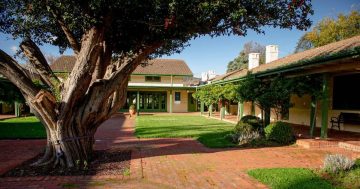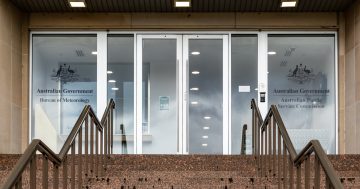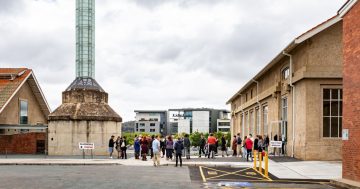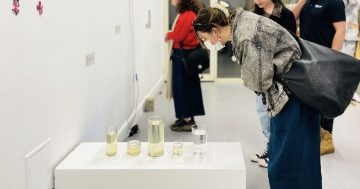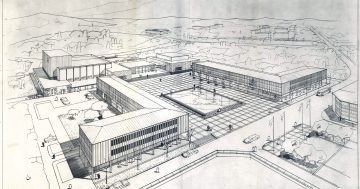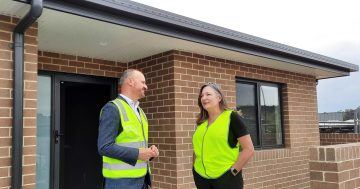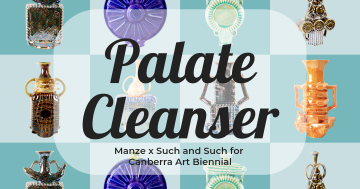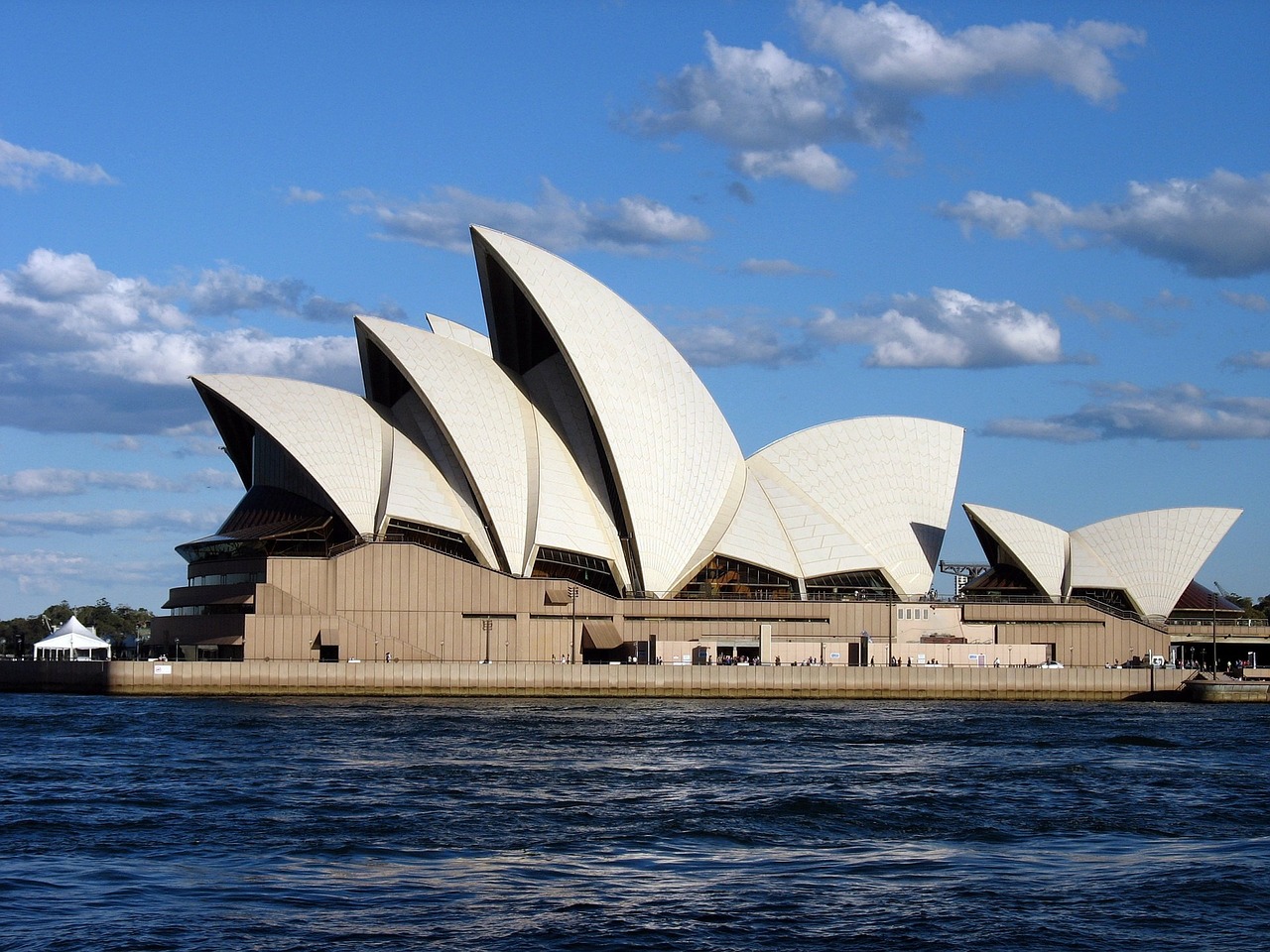
Is it time to revisit the Percent for Art Scheme or find other sources to fund the arts?
I recently enjoyed the contemporary opera The Eighth Wonder, based on the history of the building of the Sydney Opera House. I was reminded how controversial the whole Opera House project had been, how much the costs blew out, and how the shortfall in funding was made up. But even after it was completed to great acclaim, there were still detractors.
It started to sound like Canberra’s light rail project although that certainly won’t be the ninth wonder of the world. The shortfall in funding for the Opera House provided some headaches for the government of the day and they came up with an innovative idea which I would like to revisit, particularly as decades on, finding money for the arts is still a lottery – literally.
The security of funding for arts infrastructure, arts organisations and artists in Canberra has always been variable. Most agree there are few votes in the arts and the Minister for the Arts unfortunately didn’t get enough votes to keep his seat. The arts community now has as its minister a novice MLA, who has been burdened with a number of responsibilities such as the role of Attorney-General.
It doesn’t take much imagination to realize the arts will probably remain stuck on the back seat for some time to come. So what else could be done to ensure that the arts remains an important and relevant part of everyday life? Some voters will remember the Stanhope Government’s Percent for Art scheme which ran from 2007 – 2009, although some commissioned works were still being delivered in 2014.
Despite its short life-span, the Percent for Art public art scheme attracted a high level of public comment, indeed outrage. Its legacy is that the local landscape is dotted with some memorable and some completely forgettable works of public art. There are also now extremely limited resources to maintain and repair an extensive number of public art works, both from the Percent for Art scheme and those commissioned over previous decades. The reason we cannot and should not revisit this scheme is it was funded from the capital works budget, which is mostly funded by our rates, and we all know what that money is going to be needed for in the foreseeable future.
 DNA by Jonathon Leahey, located on Alexandrina Drive, Yarralumla
DNA by Jonathon Leahey, located on Alexandrina Drive, Yarralumla
Before I explore some options, there were a couple of positives during the election campaign.* In a rare act of bipartisan thinking, both the Liberal and Labor parties committed to complete Stage Two of the Belconnen Arts Centre and building a new theatre in the thriving town centre saturated with recently completed and planned apartment developments. There was also a vague promise about completion of a business case for a new 2,000 seat Canberra Theatre in Civic.
These are worthwhile projects, but both have been stop and start for over five years in the case of the former and decades for the latter. We need to turn our focus back to all the other arts, cultural and heritage needs that require funding. What we must remember is that even though both these projects will enhance the liveability of Canberra, they will also add value to new apartment developments nearby and I am sure the developers will be keen to see these projects progress.
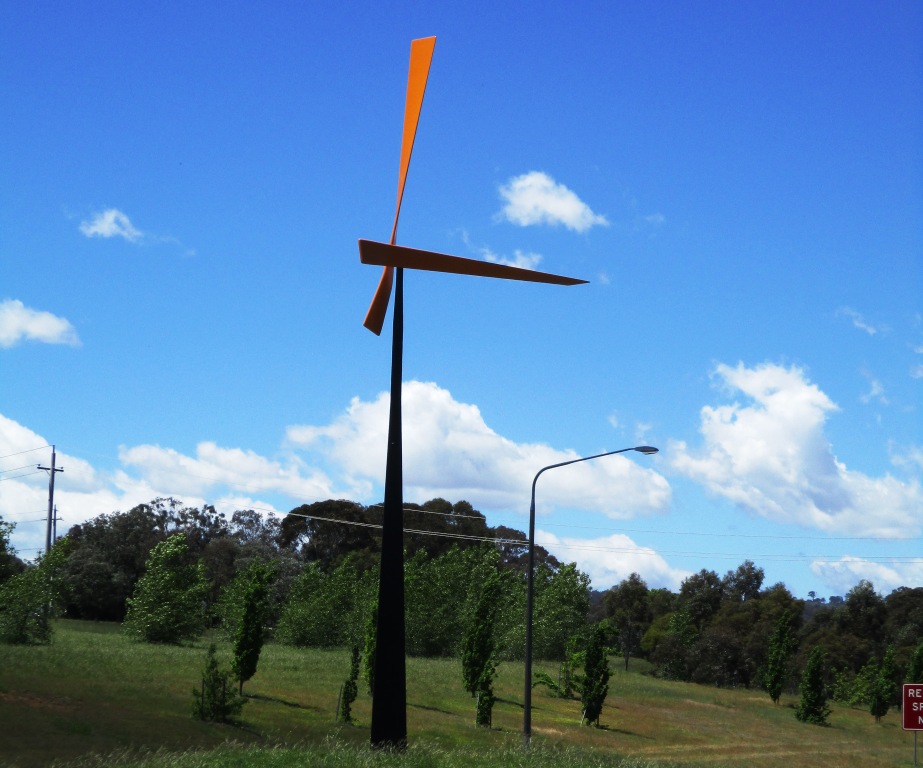 Dinornis Maximus by Phil Price, located at the gateway to Woden
Dinornis Maximus by Phil Price, located at the gateway to Woden
This is a good time to give some creative thought to other sources of funding and we don’t have to reinvent the wheel. We just need to look at what other cities are doing to manage shortfalls in arts, culture and heritage funding. Based on what is going on elsewhere in the world, here are some suggestions.
The private developers who are currently benefiting from the real estate boom in Canberra should start giving some of their profits back. Now the Labor/Green alliance has declared a ban on political donations from developers they should have a bit of money to spare. A percent-for-art scheme based on private donations is one solution. The City of Clarence in Tasmania and the City of Port Phillip in Victoria both operate percent for art schemes that require developers to contribute a percentage of their development costs. In Clarence, all developers with projects within a prescribed zone costing over $1,000,000 are required to donate to a percent for art scheme, with an upper limit of $20,000 and Port Phillip requires private developers to contribute to public art if the project exceeds $2,000,000.
In Canada, Toronto has a scheme that encourages the inclusion of public art in all significant private sector developments across the city, and the city planning office “works with the private sector to secure public art contributions through development review and re-zonings”. Vancouver has a similar plan.
To make this option more palatable, developers could be offered one of two tax-deductible options. The Federal Department of Arts allows donations to arts organizations, artists and community development projects. If an arts organization is on the Register of Cultural Organizations (ROCO), donations are tax deductible. If donations are made to approved individual artists and projects through the Australian Cultural fund, then again, this donation is also tax deductible.
Another model worth considering is a Canberra Lottery. An Australian lottery to provide funds for arts and heritage was announced at the Sydney Opera House with some fanfare by the former Minister for Environment Greg Hunt before Christmas. It was based on the British Heritage Lottery. We shouldn’t forget that the Opera House was built on a similar principle with the Opera House Lottery which ran until the mid-1980s. Eleven months on, the appealing idea of an Australian lottery has not been progressed, so there is plenty of room to rebrand it and use it to our own advantage. Even if just a small percentage of money put through poker machines each year was invested in a lottery, there is the real chance a regular income would be accessible to be used for public art, cultural development and inclusion, and heritage conservation. The advantages are endless: concert programs; choirs; festivals; subsidized theatre tickets for the disadvantaged; free buses to take school children to exhibitions and performances; more public art; and heritage conservation.
All is not completely bleak in Canberra. Recent examples of arts philanthropy should not be overlooked. Two good examples have come from property developers. In the past decade, the Molonglo Group has provided an impressive number of public works of art on the Acton Peninsula and the interior to Hotel Hotel is like a mini-MONA.
In more recent times, the Snow family has greatly enhanced the new Canberra International Airport with a number of impressive sculptures, as well as a recent monumental installation that can be seen from some distance at Denman Prospect in the Molonglo Valley.
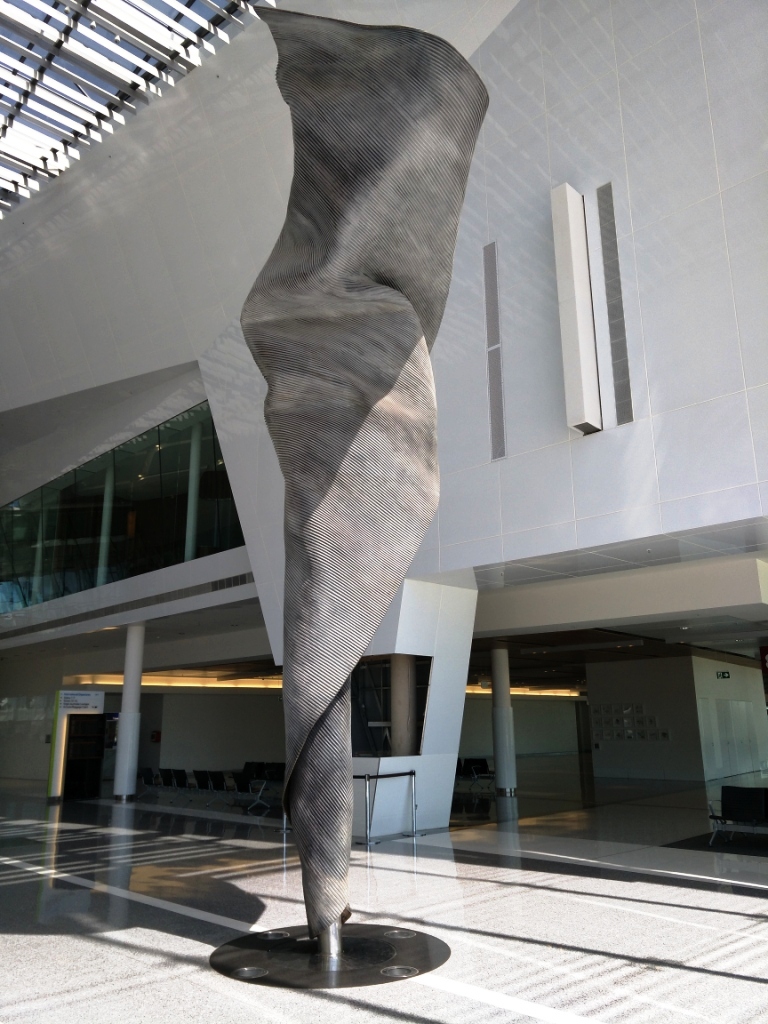 Unfurling by Andrew Rogers, located in the new terminal at Canberra International Airport
Unfurling by Andrew Rogers, located in the new terminal at Canberra International Airport
It is worthwhile mulling over these ideas as I think they could all work. And if they worked well enough we could even end up with an Opera House.
* A spokesman for ACT Chief Minister Andrew Barr has contacted the RiotACT this afternoon to point out that in addition to funding for the Belconnen Arts Centre and the theatre business case, Labor during the election campaign committed additional ongoing funding of $750,000 per year for the Government’s arts grants program, “the majority of which would be made available to support one-off grants for Canberran artists”. Labor promised within that $750,000 to spend “$100,000 per year over four years to support Craft ACT to deliver an annual DESIGN Canberra Festival; $110,000 in the 2016-17 financial year – and $130,000 in subsequent financial years – to fund the Art, Not Apart Festival; and $75,000 in the 2017-18 financial year to provide improved signage across ACT Arts Centres”.












